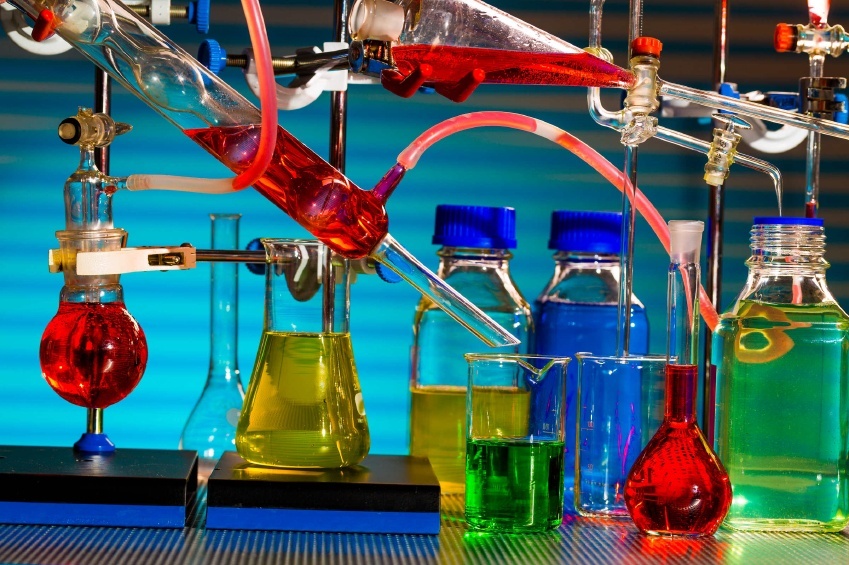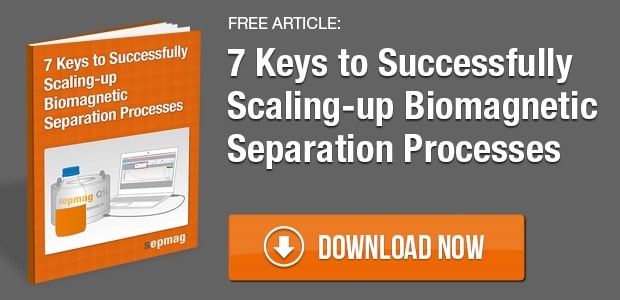At the end of the year 1959, Richard Feynman presented his talk entitled There's Plenty of Room at the Bottom to the brightest physicists of the time. The conference participants shared a general feeling that the greatest advances in science had already been made. In a sense, they felt that the good discoveries had already been taken and only scraps remained for them. Feynman challenged this attitude by suggesting that there were more discoveries waiting to be made than they could even imagine. To find them, they needed to look at the nanoscale.
He argued that more advancements could be made if there is greater collaboration among the sciences. He says, “We have friends in other fields – in biology, for instance. We physicists often look at them and say, 'You know the reason you fellows are making so little progress?' "You should use more mathematics, like we do." They could answer us – but they're polite, so I'll answer for them: "What you should do in order for us to make more rapid progress is to make the electron microscope 100 times better."
Many biologists out there (especially the ones who don't like math) may feel a slight sense of satisfaction upon hearing this. Yes! We have been doing great work without equations all along. But, don't get too smug about it. Mathematics is a powerful tool. Physicists did build us a better microscope, and they didn't stop there. They have bridged the gap between physics and biology to the benefit of both parties. Now, imagine the discoveries that could be made if biologists used more mathematics.
A recent publication by members of the Wyss Institute for Biologically Inspired Engineering at Harvard University, with help from collaborators, have done just that. They have developed a mathematical model to predict optimal magnetic nanoparticle size for the magnetic capture of staphylococcus aureus. The model was created by carefully selecting formulas for mass transfer and reaction kinetics to describe the binding of the particles to the bacteria. They then accounted for particle size, flow rate, magnetic field strength and other variables to develop their working model for magnetic separation of the bacteria-bead complexes. The purpose was to determine optimal magnetic bead size for achieving the greatest separation efficiency. The model was shown to perform well upon comparison with experimental data. The model has great potential to be adapted to other magnetic separation systems upon modification of variables such as pathogens, flow rates, magnetic gradient, and binding efficiency to suit the parameters of each new experiment.
For the math:
Optimization of Pathogen Capture in Flowing Fluids with Magnetic Nanoparticles. J. H. Kang , E. Um , A. Diaz , H. Driscoll , M. J. Rodas , K. Domansky , A. L. Watters , M. Super , H. A. Stone , and D. E. Ingber. Small. 2015 Sep 21. doi: 10.1002/smll.201501820.
Related news:





